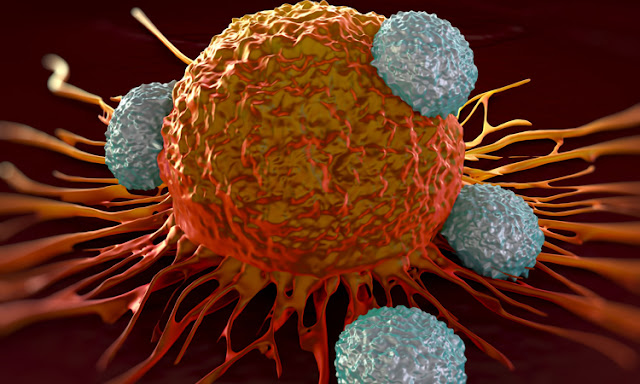Polyether Ether Ketone (PEEK); High-Performance Thermoplastic Used In Wide Range of Applications
Polyether Ether Ketone (PEEK) is an aromatic polyether containing repeating monomers of ketone group. It is a high performance engineering thermoplastic. It has excellent mechanical, electrical, and chemical properties. PEEK is used in a wide range of applications. The application prospects of PEEK in the field of orthopedics, dental implants, prosthodontics, and oral repair are promising. Polyether ether ketone is an effective, non-toxic alternative to metals, particularly titanium.
PEEK is also considered as an effective replacement for stainless steel in impeller wheels of regenerative pumps. In addition to its mechanical and thermal properties, it also has good biocompatibility. These characteristics make it an ideal material for use in medical devices and for the manufacture of complex implants. PEEK based materials are becoming an important group of biomaterials used for bone and cartilage replacement as well as in a large number of diverse medical fields.
Polyether Ether Ketone (PEEK) Market has been increasingly employed as biomaterials for prosthesis, orthopaedic, and spinal implants.
PEEK can overcome some of the limitations of metal implants such as stress shielding and metal allergy. Polyether ether ketone is currently used as an orthopedic implant in clinical practice and has achieved good results. PEEK is a highly-resistant and heat-resistant thermoplastic, and can withstand high temperatures without permanently deforming. It is an important attribute for use in engine compartments.
It is ALSO suitable for repeated exposure to food. PEEK carries a V-0 flammability rating and exhibits very low smoke and toxic gas emission when exposed to flame. Moreover, Polyether Ether Ketone (PEEK) is approved by the Food and Drug Administration (FDA) for food contact applications (since 1998). All unfilled PEEK grades comply with the FDA regulation 21 CFR 177.2415 for repeated food contact. PEEK is now finding use in food contact applications, following approval from the U.S. FDA.
%20Market.jpg)



Comments
Post a Comment